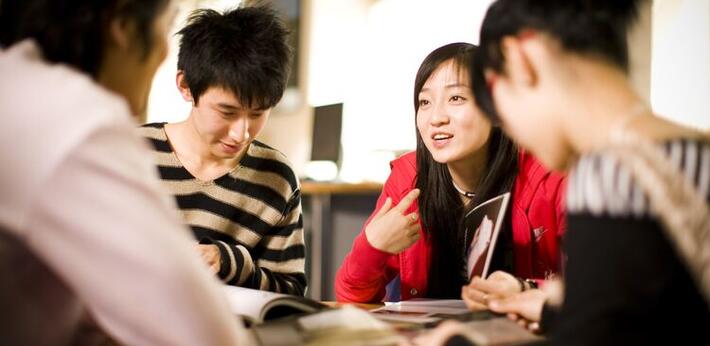You are here
Home ›01/11/2013
In schooling, China and the US can learn from each other
China's economic rise has inspired a fair share of hand-wringing about how America might better train new generations for global competition, with a particular focus on parenting and education. Although author and educator Nancy Pine stops short of Tiger Mother-style repudiation of American child-rearing in her new book Educating Young Giants, she does raise a few questions about what Chinese schools have to offer. For one, elementary-level Chinese textbooks are more likely to delve deeper into complex subjects, she writes. A lesson in literature might discuss the use of foreshadowing in fiction, for example. In China, educators are more likely to teach in the style of a performance, adhering to scripted lesson plans. Chinese teachers ask questions and students answer according to their reading; in the US, students are encouraged to ask questions or suggest occasionally half-baked answers that are neither correct nor incorrect but aimed toward the greater goal of stimulating group discussion. In the US, elementary-school students are more likely to sit in a circle or in L-shaped formation around which a teacher will move regularly; Chinese students generally sit in rows, with the teacher planted at the front at the classroom. Reports China Daily






